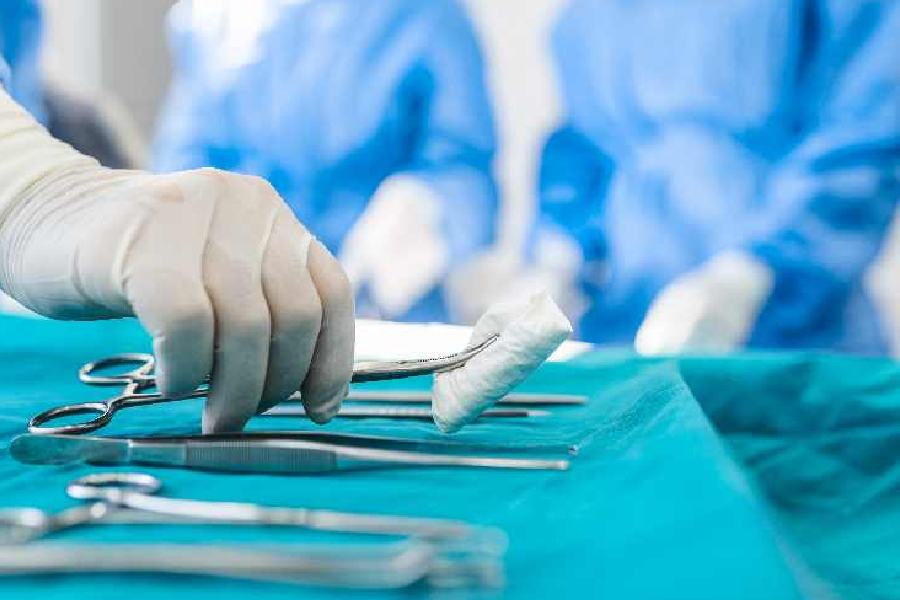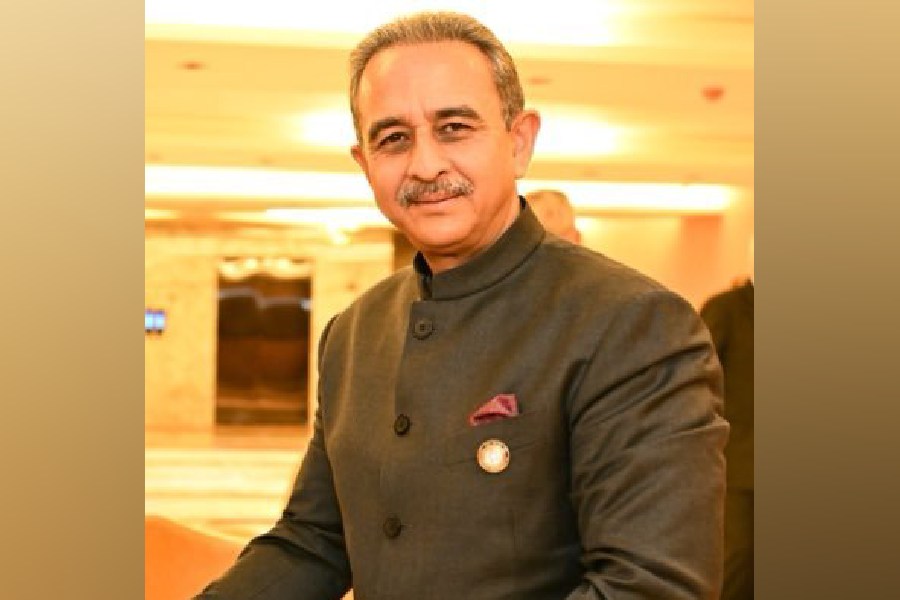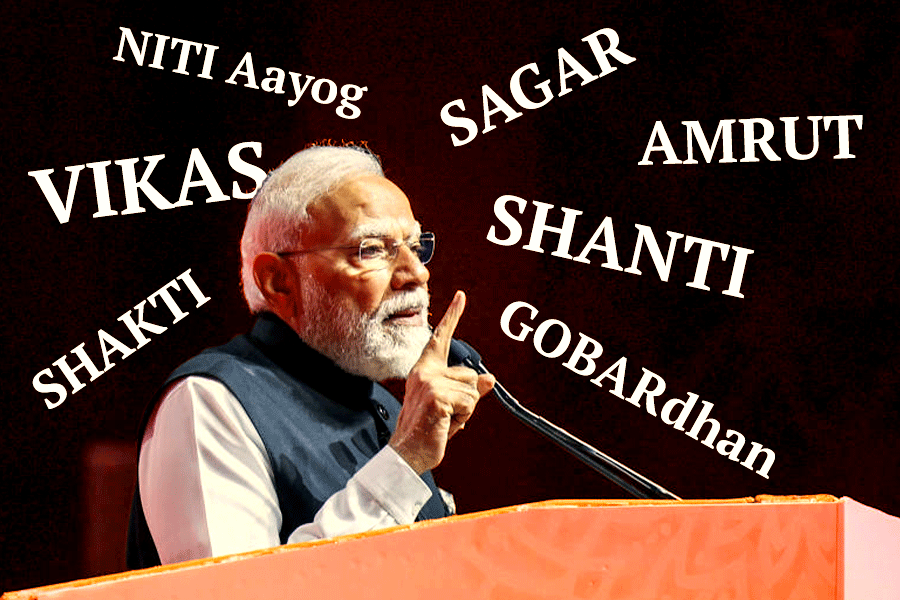AIIMS, Bhubaneswar, on Friday successfully performed the first robotic knee replacement on a 66-year-old woman.
This marks the first-ever robotic knee replacement procedure in the government sector of Odisha and eastern India, setting a new standard for advanced medical care in the region, the AIIMS said.
AIIMS Bhubaneswar executive director, Dr Ashutosh Biswas, said: “The procedure, which was carried out with precision and cutting-edge technology, went smoothly, and the patient is now stable following the operation. With the introduction of robotic services, AIIMS Bhubaneswar has made robo-assisted surgeries accessible to patients across all social strata.”
Knee replacement surgeries have long been known as “the surgery of the century”, transforming the lives of patients suffering from debilitating knee arthritis. In the past, individuals in their 50s and 60s were often confined to their beds due to knee pain, with limited mobility.
“Now, knee replacement surgeries have become a beacon of hope for many, restoring movement and significantly improving quality of life,” Biswas said.
Dr Bishnu Prasad Patro, head of AIIMS’s orthopaedics department, said: “AIIMS Bhubaneswar’s robotic knee replacement surgery technology minimises the risks of human error and improves surgical outcomes by providing real-time feedback and allowing the surgeon to execute complex steps more accurately.”
“In addition to improving surgical precision, the introduction of this technology also comes as a boon for the patients supported by government initiatives. The Ayushman Bharat scheme, which provides free knee replacement surgeries to eligible patients, has further expanded access to life-changing treatments.” Patro added.
Along with executive director Dr Biswas, medical superintendent Dr Dillip Kumar Parida, Dr Patro, Dr Sujit Tripathy, Dr Gurudip Das, Dr Meganath V. Pawar and others were present on the occasion.
According to a media release issued by AIIMS: “Traditional knee replacement procedures involved the use of jigs and cutting blocks, which, while effective, carried a potential for human error, particularly in complex cases involving severe deformities, previous surgeries, or advanced arthritis.”
It said: “However, robotic technology takes this to the next level by providing real-time feedback to the surgeon, fine-tuning the procedure, and ensuring greater precision.”
“Additionally, the robot can carry out certain steps independently using navigation and artificial intelligence, offering a higher level of accuracy and consistency throughout the operation,” the release added.










